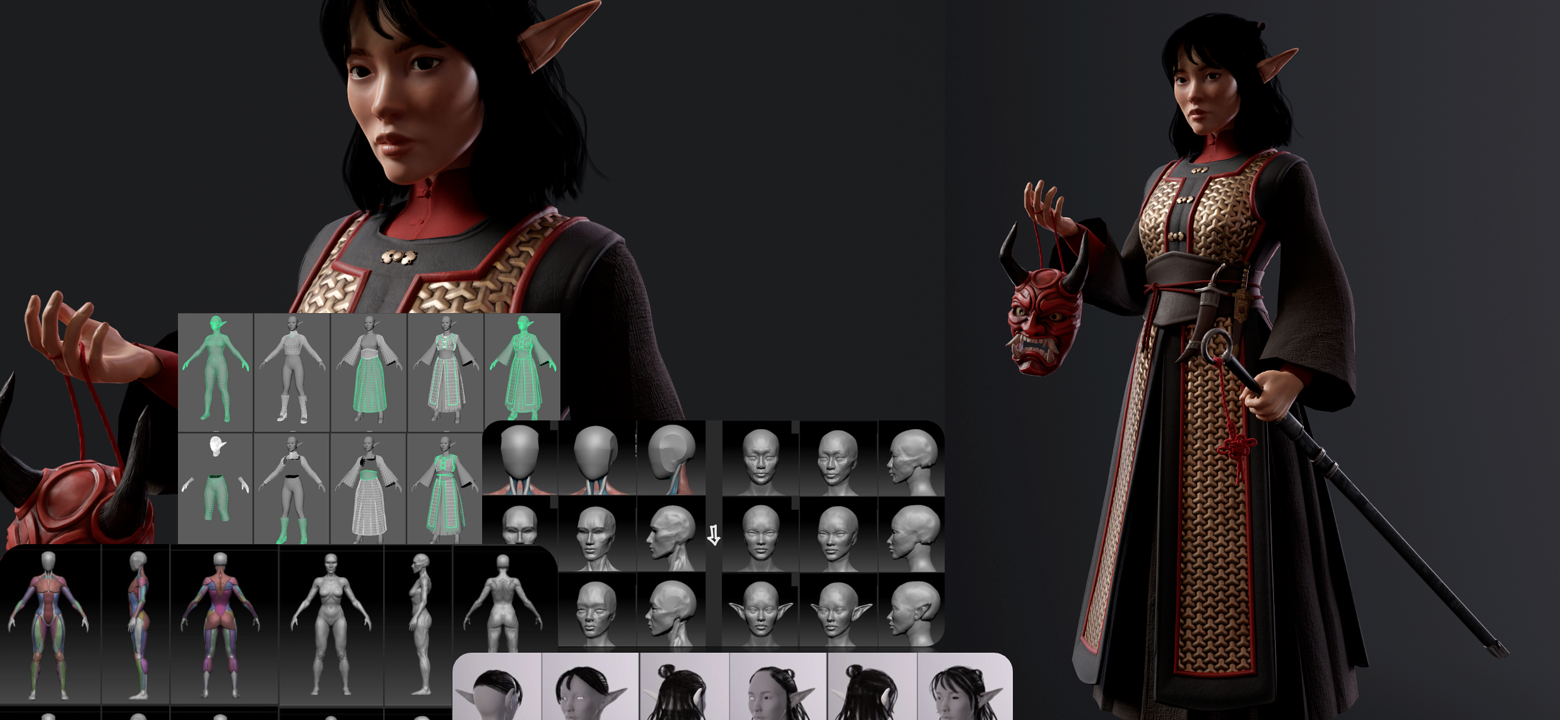Course content
CMGT provides a comprehensive overview, allowing you to immerse yourself in the varied facets of the industry. Our goal is to emulate the workflow of a professional studio, emphasizing collaborative roles that enhance each other in the industry pipeline. Evidently, we're on the right track, as we've been officially recognized as a 'good' program, both by the National Student Survey and the “Elsevier Keuzegids”.
- Contact moments 20 hours
a week
- Self-study 20 hours
a week
- Additional costs € 250
(laptop not included)
How do we teach?
We hold the view that concentration is crucial; dedicating an entire day to a single topic enhances profound understanding and leads to better results. Our assessment method leans heavily on practical assignments instead of written tests, encouraging students to develop their portfolios through individual evaluations and group projects. This portfolio is vital, as it paves the way for securing internships or positions post-graduation.

THE first two YEARsLearning the fundamentals
At CMGT, we revolve around three main roles in the industry: artists, designers, and engineers. Before diving in, you'll pick one of these roles. Each role comes with two unique learning paths. Plus, you'll get to choose an additional learning path from the other roles to broaden your knowledge and expand your toolkit. You will start with a taste of the industry's fundamentals. Before you know it, by teaming up with peers from every role, you'll be crafting digital, real-time interactive games and experiences. After the first year you will proceed on your learning path and grow even further in your role. You will build a portfolio proving your skills and will prepare for your minor or internship in your third year.
Study load
- 30% Theory
- 60% Practical and group work
- 10% Study career counseling
CMGT is structured around the three most important professional roles in the field. Each role has two learning paths:
Artist
-
Technical Environment Artist: Crafts and optimizes game environments using both artistic skills and technical knowledge.
-
Game Artist: Creates visual assets for games, such as characters, scenes, and textures.
Designer
-
Narrative Designer: Crafts compelling stories and builds immersive worlds with visuals and sounds that drive plot and character development.
-
Game Designer: Crafts the game's rules and mechanics, fine-tuning play to make it consistently fun and captivating.
Engineer
-
Game Engineer: Codes and implements game mechanics, ensuring the game runs smoothly and integrates all its elements.
-
Graphical Engineer: Specializes in graphics programming to enhance and optimize visuals and effects.
All:
- Unity fundamentals
- Personal Branding
- Core Skills
Engineer:
- Programming fundamentals
- Algorithms
- Shader programming
Designer:
- Design fundamentals
- Game Design
- Interactive Storytelling
Artist:
- Art fundamentals
- Sculpting
- Environmental Art
Engineer:
- Software Architecture
- Rendering Engines
- Networking
- Advanced Rendering
Designer:
- Game Systems
- Narrative Systems
- Gamification
- Mixed Reality Design
Artist:
- Animation
- Procedural Art
- Rigging
- Interactive worlds
Elective:
- 2D Art
- Music production
- Producing
- Unreal
More details about the course content?
Would you like more information about the contents, subjects and tests of this course? Click the button and below to check all the details of this program in the Saxion Course Catalogue.
Open the Course CatalogueThe third and fourth year
Doing your internship and minor
In your third year you will specialize further by doing your internship and minor. You are free to make your own choice. In your minor you can focus on a specific part of your role. Your internship could be in a Dutch company or in one of the well-known companies elsewhere in Europe, the US or Asia.
Examples of projects during your minor
Saxion XR Lab
In the lab you will find a wide range of equipment available for experiments and the building of prototypes. This includes state-of-the-art virtual and augmented reality devices, computers, motion capture solutions, cameras, audio equipment, etc.
Prepare for graduation
In your fourth year you will start with Project Immersive technologies and storytelling. Together with a team of other CMGT students you will experiment in our XR lab to create something awesome for a real client. In the second half of the fourth year you will prepare for graduation by designing and developing an interactive solution or game for an organization.
Degree: Bachelor of Science
When you are graduated, you hold the title of Bachelor of Science. This will give you an excellent entrance in the international creative industry.